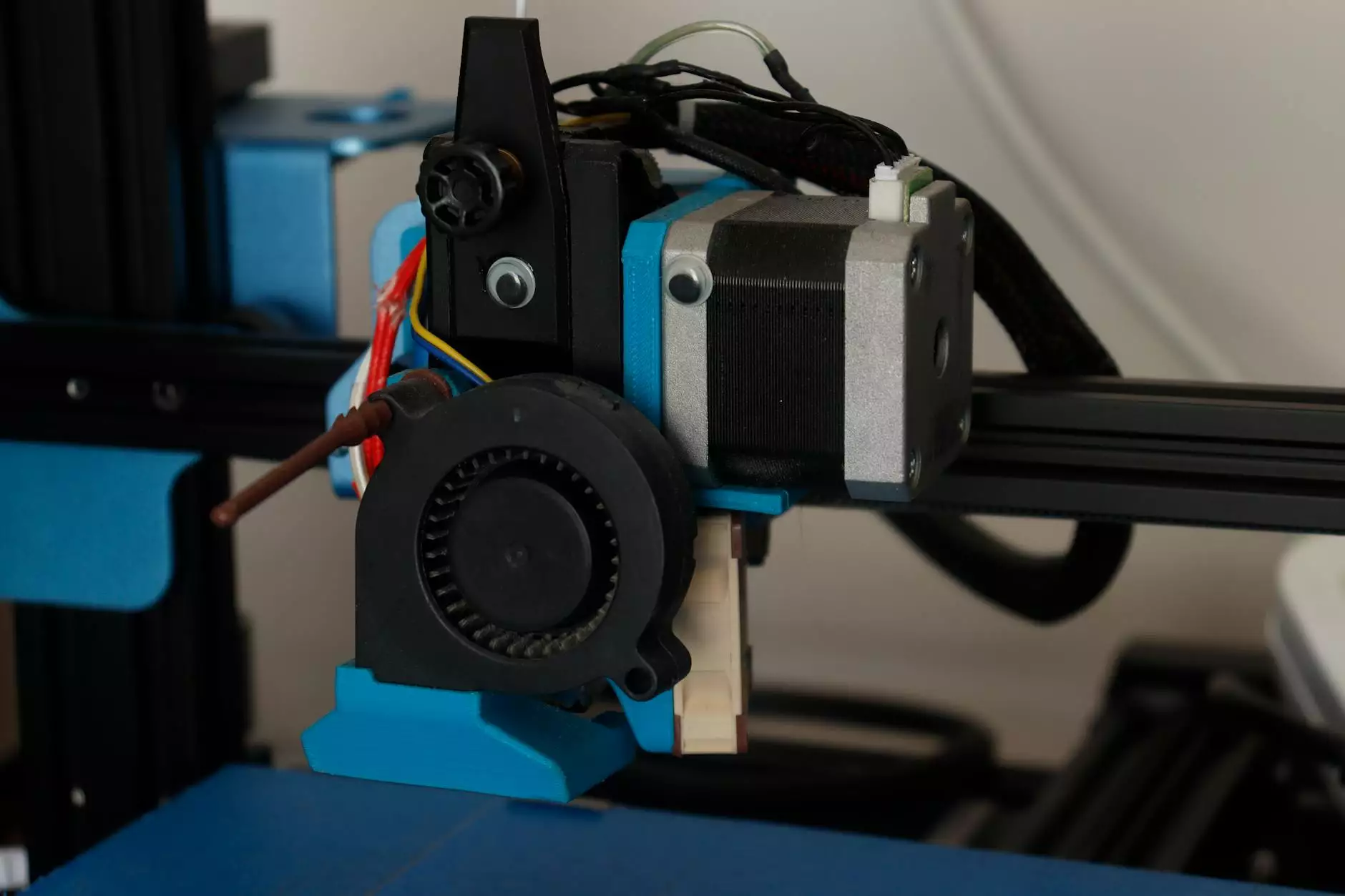The Ultimate Guide to Zebra Thermal Printers

In today’s fast-paced business environment, efficient printing solutions are essential. Among the variety of printing technologies available, the Zebra thermal printer stands out as a reliable and versatile option for businesses across many sectors. This guide explores the many advantages and features of zebra thermal printers, their applications, and how they can enhance operational efficiency.
Understanding Zebra Thermal Printers
A thermal printer uses heat to transfer images onto paper or labels, which is a significant advancement over traditional inkjet or laser printers. Zebra Technologies, a leader in the printing solutions market, specializes in thermal printing technology, providing a range of devices designed to meet the needs of various industries.
Types of Zebra Thermal Printers
Zebra thermal printers come in several types, including:
- Desktop Printers: Compact and efficient, ideal for low to medium volume printing.
- Industrial Printers: Built for high-volume applications, offering durability and speed.
- Mobile Printers: Portable solutions that allow for on-the-go printing capabilities.
- Card Printers: Specifically designed for printing ID cards and badges.
The Advantages of Using Zebra Thermal Printers
1. Efficiency and Speed
In a world where time is money, the efficiency and speed of zebra thermal printers can dramatically impact your business. These printers are known for their rapid printing capabilities, allowing businesses to produce large volumes of quality prints without compromising speed.
2. Cost-Effectiveness
One of the most significant benefits of using a zebra thermal printer is the cost savings associated with their operation. Compared to inkjet printers, thermal printers minimize costs related to ink replacements, as they rely on thermal transfer ribbons or direct thermal printing methods.
3. High-Quality Prints
When it comes to producing barcodes, labels, and other critical business documents, quality matters. Zebra thermal printers produce sharp, clear prints that ensure your labels are easily readable and scannable, which is essential for inventory management and compliance.
4. Durability and Reliability
Designed to withstand tough conditions, zebra thermal printers are built with reliability in mind. They can handle extensive workloads and deliver consistent performance in various environments, from warehouses to retail floors.
5. Versatile Usage
Zebra thermal printers are incredibly versatile, accommodating various printing tasks such as:
- Product labels
- Shipping labels
- Inventory management tags
- Price tags
- Event tickets
How Zebra Thermal Printers Work
Understanding the operational mechanics of a zebra thermal printer can help you leverage its capabilities effectively. These printers use two main methods of printing:
1. Direct Thermal Printing
This method utilizes heat-sensitive media that turns black when heated by the printer's thermal head. Direct thermal printers are generally easier to maintain as they require fewer consumables. However, direct thermal prints may fade over time and are less ideal for labels that will be exposed to moisture or sunlight.
2. Thermal Transfer Printing
In contrast, thermal transfer printers use a thermal ribbon (a thin film coated with wax or resin) that melts onto the label material. This method produces prints that are highly resistant to smudging, scratching, and fading, making it the preferred choice for labels that require durability.
Applications of Zebra Thermal Printers
Zebra thermal printers are employed across various industries due to their efficiency and reliability. Here are some of the most common applications:
1. Retail
Retailers use zebra thermal printers for printing barcode labels that are essential for inventory management and tracking. The speed and clarity of these printers help enhance the checkout process and minimize errors in pricing.
2. Logistics and Manufacturing
In logistics and manufacturing, efficient shipping and receiving processes rely heavily on accurate labeling. Zebra thermal printers can produce high-quality labels for shipping, tracking, and inventory purposes, ensuring that every item is accounted for throughout the supply chain.
3. Healthcare
In the healthcare sector, zebra thermal printers are used for printing patient wristbands, medication labels, and specimen tags. Accurate labeling is crucial in this field to avoid errors that could have serious consequences.
4. Warehousing
Warehouses benefit from zebra thermal printers for labeling shelves, products, and pallets. Clear and scannable labels streamline operations, reduce errors, and enhance inventory accuracy.
5. Event Management
For event management, zebra thermal printers can produce tickets and badges on-the-spot, allowing for quick and efficient registration and entry processes.
Choosing the Right Zebra Thermal Printer
When selecting a zebra thermal printer, consider the following factors:
1. Printing Volume
The volume of labels or prints your business requires will heavily influence your choice. For high-volume operations, an industrial printer might be necessary, while desktop printers are suitable for smaller businesses.
2. Print Quality
Consider what you will be printing. If you need high-resolution prints, opt for a model that supports thermal transfer printing.
3. Media Compatibility
Ensure the printer can handle the width and type of media you plan to use. Zebra printers support various media types, but it’s essential to confirm that your specific needs align with the printer’s specifications.
4. Connectivity Options
Check the connectivity options available with the printer, including USB, Bluetooth, or Wi-Fi. Depending on how you intend to integrate the printer into your existing setup, these factors can be critical.
Maintaining Your Zebra Thermal Printer
Like any piece of equipment, regular maintenance can extend the lifespan of your zebra thermal printer. Here are some tips to keep it running smoothly:
1. Clean Regularly
Dirt and dust can affect print quality and encourage wear on components. Regularly clean the printhead, rollers, and exterior surfaces using appropriate cleaning supplies.
2. Use Quality Supplies
Always use high-quality thermal media and ribbons. This ensures better print quality and reduces wear on the printer.
3. Perform Routine Checks
Periodically check the printer settings, connections, and software updates to ensure optimal performance.
4. Keep the Printer Updated
Check for firmware updates from Zebra Technologies to keep your printer operating with all the latest features and fixes.
Conclusion
The Zebra thermal printer represents a leading edge in printing technology, providing businesses with numerous advantages such as speed, quality, and cost-effectiveness. Whether you operate in retail, logistics, healthcare, or any other industry, investing in a thermal printer can greatly enhance your operational efficiency.
At Durafast Label, we understand the unique printing needs of businesses and offer a range of printing services and electronics tailored to help you achieve your operational goals. Choosing the right zebra thermal printer can unlock new possibilities for your business, streamlining your workflows and improving productivity.
Explore the Durafast Label website today to learn more about our printing solutions and how we can assist you in finding the perfect printing technology for your business.



